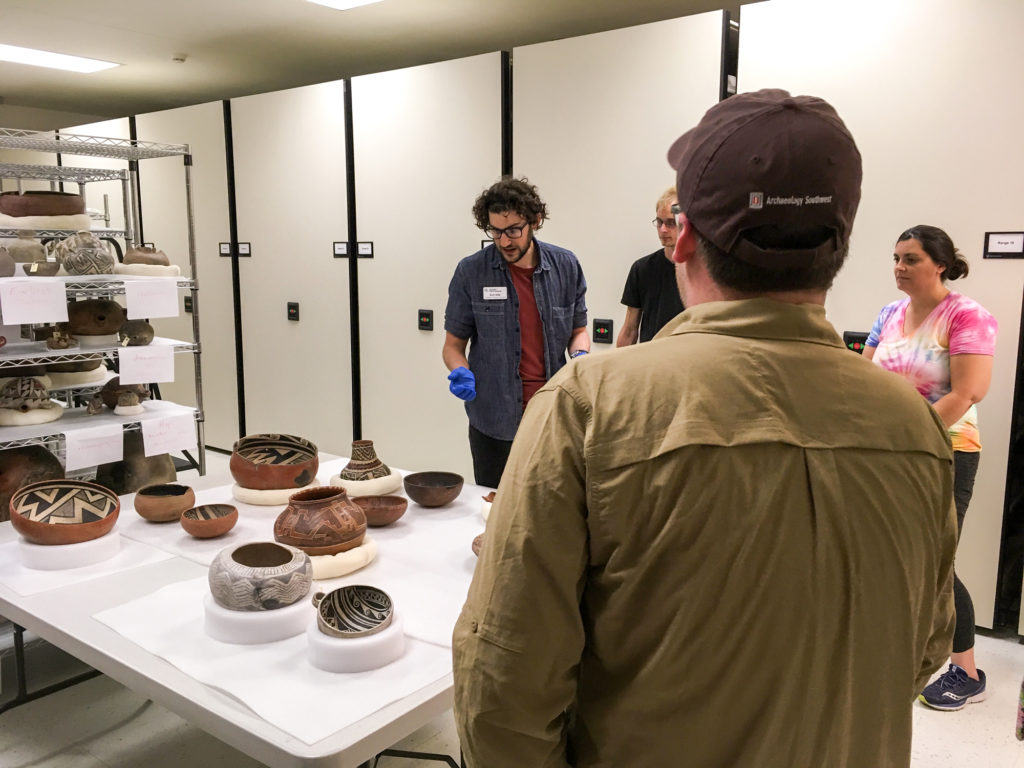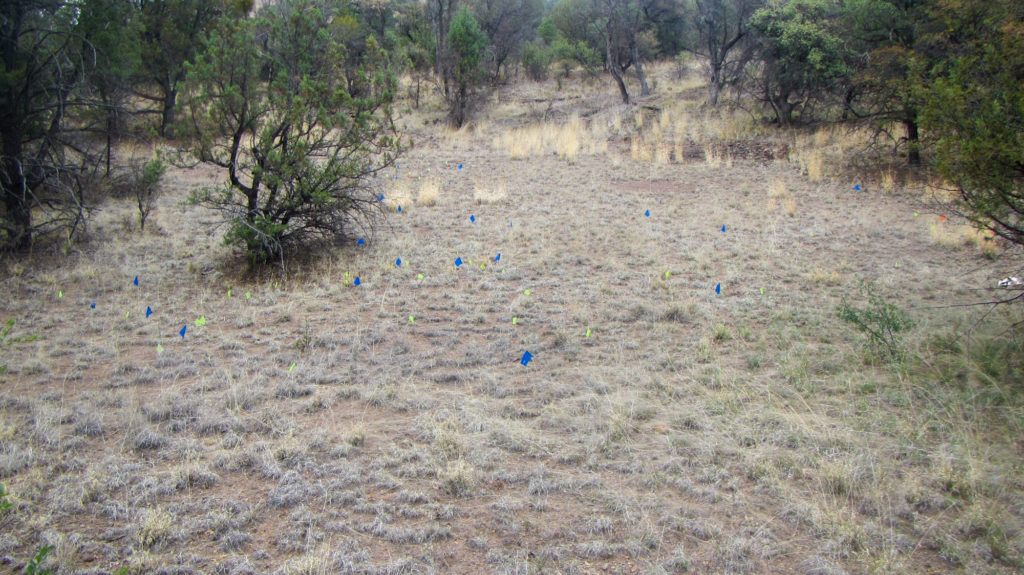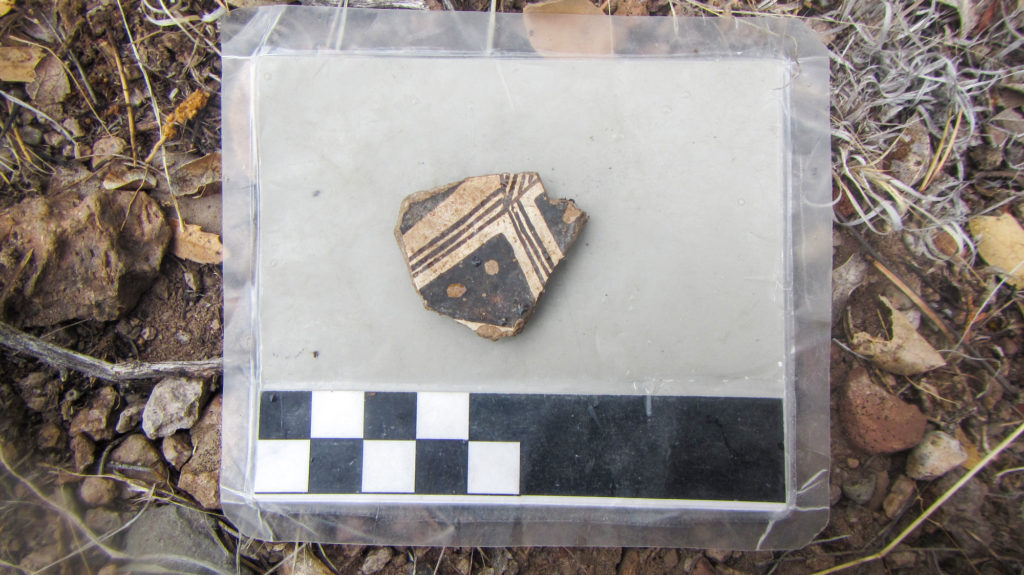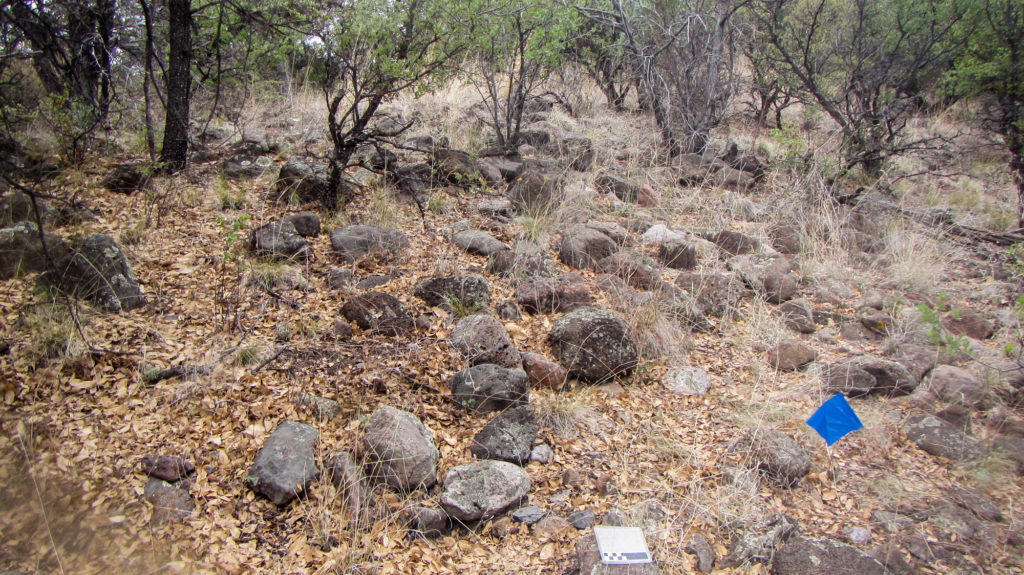- Home
- >
- Preservation Archaeology Blog
- >
- Preservation in Practice
This post is one in our annual series of essays by our Preservation Archaeology Field School students. We invite you to follow along with their experiences over the next six weeks through their own words.
(June 20, 2019)—As most students of archaeology do, I spent a great deal of time searching for the right summer field school, but with some special considerations. For me the most important factor was and still is the role of ethics within the project. I found a matching ethical component in Archaeology Southwest’s field school and their practice of Preservation Archaeology. Preservation Archaeology is centered on the core ideas of site and landscape protection and stewardship, research, and outreach—a perfect match for my first venture into the field.
Most abstract ideas of ethics, such as Preservation Archaeology, challenge my imagination in a number of ways. I sometimes have a hard time seeing the manifestation of lofty ideals in reality, but thankfully, field school has done a lot to help me along my way. This journey began at the opening dinner hosted by the organization, where I met with some of the wonderful and knowledgeable volunteers who work with Archaeology Southwest. After discussing their role in the Robinson Collection Project, the volunteers I had been talking with demonstrated an immense enthusiasm for their work as well as a belief in the mission of preservation projects. Where most ideologies are found in the theoretical world, this program tries to bring preservation into practice, and these volunteers are one outstanding example.

The volunteers and their involvement in collections research exemplify Preservation Archaeology’s key tenets of research and outreach. Important anthropological data are drawn from such projects, and the very act of involving avocationalists–citizen scientists—in the project embodies outreach. The fact that people who have a serious interest in archaeology may actually participate in meaningful research, especially research in the preservation framework, pushes beyond simple outreach to a beautiful marriage of a couple of the core tenets. Where I would first see Preservation Archaeology manifest among the volunteers, I would especially come to understand its place in modern archaeology during my own field experiences, especially in the survey component of the school.
Survey is the act of systematically identifying cultural resources and site boundaries in relationship to a project with the important caveat of leaving the site intact, an aspect intimately related to site stewardship. This methodology also makes up the majority of archaeological work most modern archaeologists do, yet does not gain the same public reception as other aspects of archaeology such as excavation. Even though I had read and learned about survey previously, it was not until I actually participated in it that I fully understood just how important this aspect of fieldwork is.

Survey represents a connection between stewardship and research, a chance to engage with both. In the short but impactful survey course component taught by the experienced and knowledgeable Maxwell Forton, we get the chance to engage in actual archaeological survey. During these three days we learn about all aspects of this type of work, including the kind of data we record and what we do with that data. I personally had the chance to record several sites and complete the general process associated with the recording.

The crew I worked with recorded archaeological features, artifacts, and landscape features. From these data sets we could synthesize a whole slew of information such as chronology and site type, all without disturbing the site with invasive techniques. On top of this, our detailed notes will provide much-needed information for future researchers, as well as recommendations on site management. The entire learning experience provided me with a better perspective on what preservation entails despite the short training period, in part due to the hands-on work and Forton’s supportive teaching style.
I finally understand just how Preservation Archaeology manifests in the real world, as well as how archaeologists might actually practice it. Whereas most ideologies stay detached from action, programs like the field school survey work make a real and genuine effort to make their vision a reality. This effort we make to practice what we preach makes a big difference.
